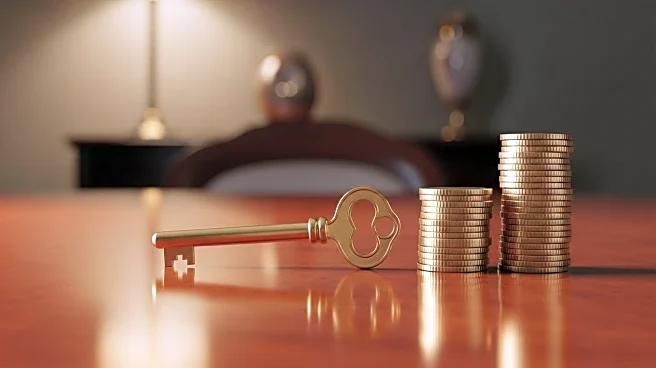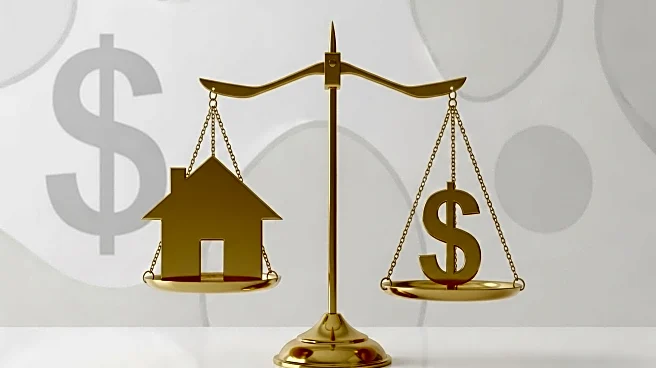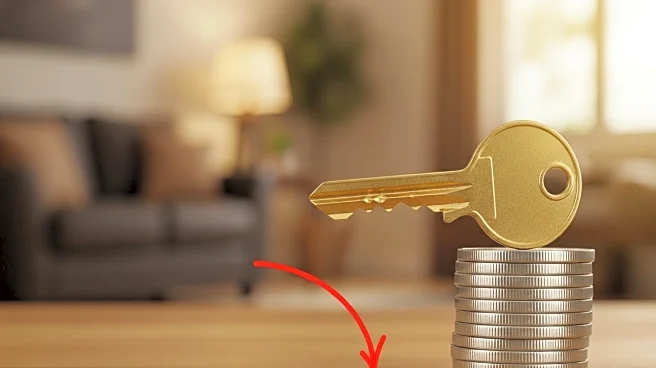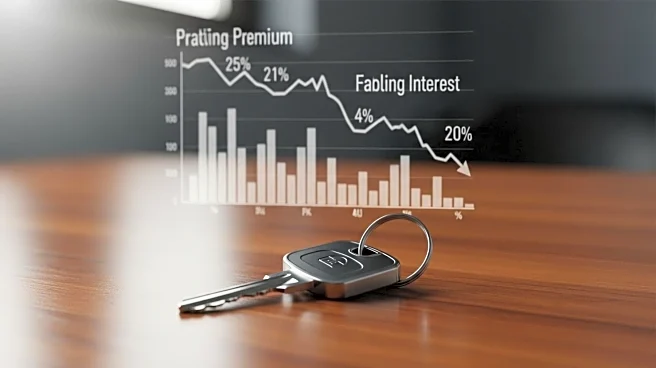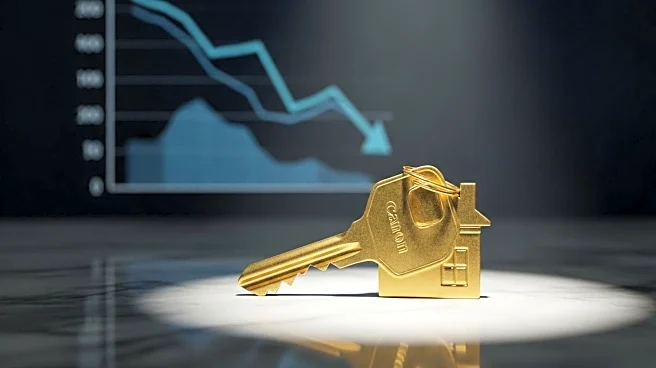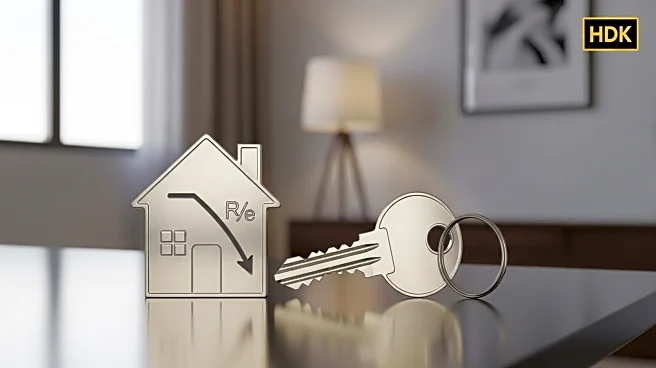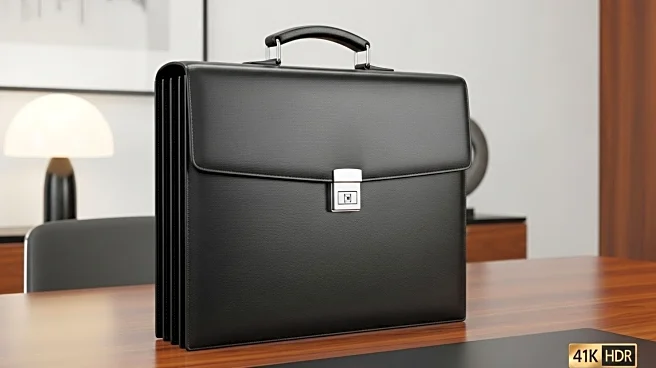What's Happening?
With nearly 50 million mortgage holders possessing significant home equity due to rising property values and low interest rates, borrowing against this equity is becoming increasingly attractive. As the Federal Reserve signals potential rate cuts, homeowners are evaluating options between home equity lines of credit (HELOC) and home equity loans. Each option offers distinct benefits: HELOCs provide flexibility for gradual fund withdrawal, while home equity loans offer fixed rates for one-time expenses. The article advises homeowners on choosing the right strategy based on individual financial goals and timing.
Why It's Important?
The decision between a HELOC and a home equity loan is crucial for homeowners looking to leverage their property value. Falling interest rates could make borrowing cheaper, but lenders may tighten loan-to-value ratios, affecting access to equity. Understanding these financial products helps homeowners make informed decisions, potentially impacting personal finances and the housing market. The choice can influence spending on renovations, education, or debt consolidation, affecting economic activity and consumer behavior.
What's Next?
Homeowners should monitor interest rate trends and lender policies to optimize their borrowing strategy. As rates fluctuate, the timing of borrowing becomes critical, with potential changes in loan-to-value ratios affecting equity access. Homeowners may consider hybrid strategies combining both loan types for stability and flexibility, adapting to evolving financial conditions.
Beyond the Headlines
The comparison between HELOCs and home equity loans highlights broader economic trends, including the impact of interest rates on consumer borrowing and spending. The decision-making process reflects individual financial literacy and the ability to navigate complex financial products, influencing long-term economic stability and growth.

